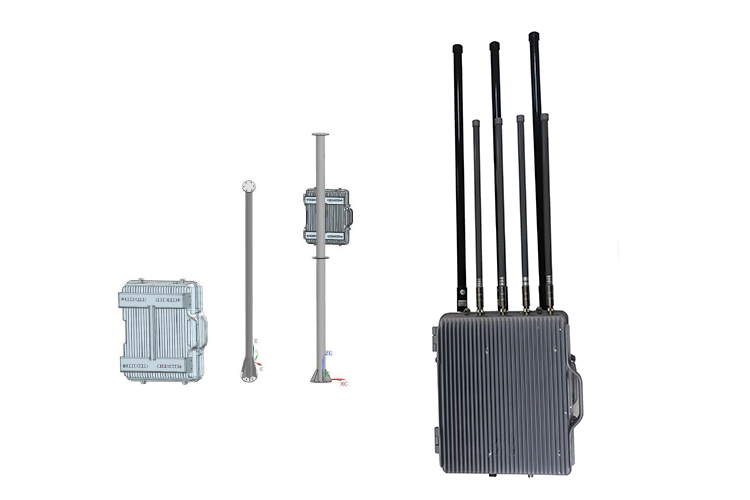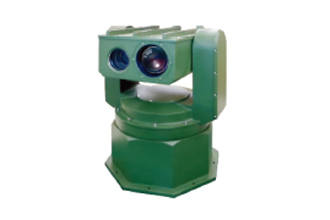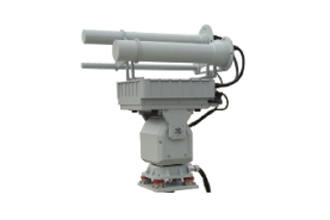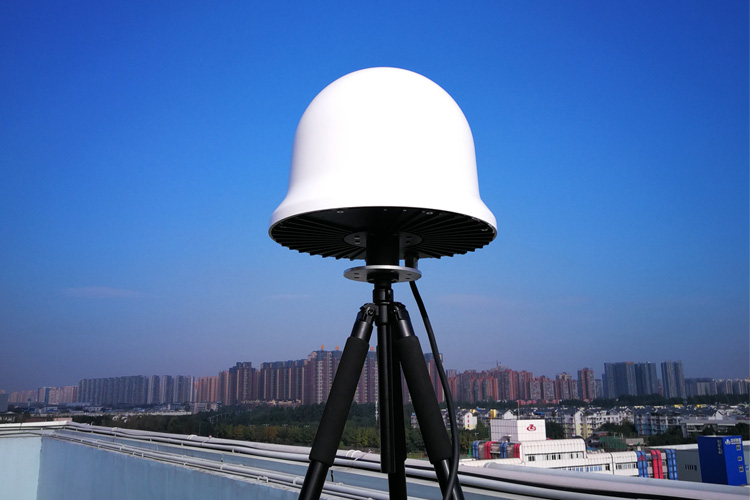SC02 is an upgraded version of SC01, which implements precise countermeasures against drones within 1000 meters. Multi-band electromagnetic emission, ready to use, cuts off the remote control, image transmission, and navigation links of the drone at a long distance, thereby forcing the drone to l...
The long-distance detection and defense integrated equipment ZD02 is a product developed for large areas. The detection distance is up to 10km. The equipment is modularized in management and easy to operate. It can be quickly assembled and deployed according to the actual situation. It can work a...
The system are using a combination of day light TV and thermal infrared image sensor, steady continuous monitoring and tracking targeted drones.
By jamming the communication channels, the drone is effectively disabled and forced back to its home base or grounded at its current location.
The No-fly zone device is mainly aimed at GPS/GLONASS/BD navigation systems, launching false satellite navigation signals to form a no-fly zone function, and drones cannot fly into the no-fly zone. The device has low radiation power, has no effect on the surrounding electromagnetic environment, a...
LEAVE A Message
Is drone detection difficult? There are many ways to counter drones!
According to the CRS report, in the 2021 fiscal year, the US Department of Defense plans to spend at least US$404 million on the research and development of anti-UAS and at least US$83 million on the purchase of C-UAS. As the Department of Defense continues to develop, procure, and deploy these systems, Congress’s oversight of their use may increase, and Congress may have to make decisions about future authorizations, funding, and other legislative actions.
Our company has started the research and production of anti-drone equipment several years ago, and has successfully deployed a large number of UAV anti-control systems at home and abroad.
Currently, our system mainly has the following functions
The first is to use photoelectric and infrared to detect targets through visual and thermal signals.
The second method is to use a radar system. The three-coordinate phased array radar developed by us can well detect small targets flying at low altitudes.
The third method is to identify the wireless signal used to control the drone, usually using a radio frequency sensor. These methods can and often are combined to provide more effective, layered detection capabilities.
Once detected, our anti-drone system will initiate interference to prevent drones from flying.
Electronic warfare jamming can act on the communication link between the drone and the operator. The weight of the jamming device is 5 to 10 pounds, so it can be carried by individual soldiers; or it can weigh several hundred pounds and be fixed in a fixed place or mounted on a vehicle.





